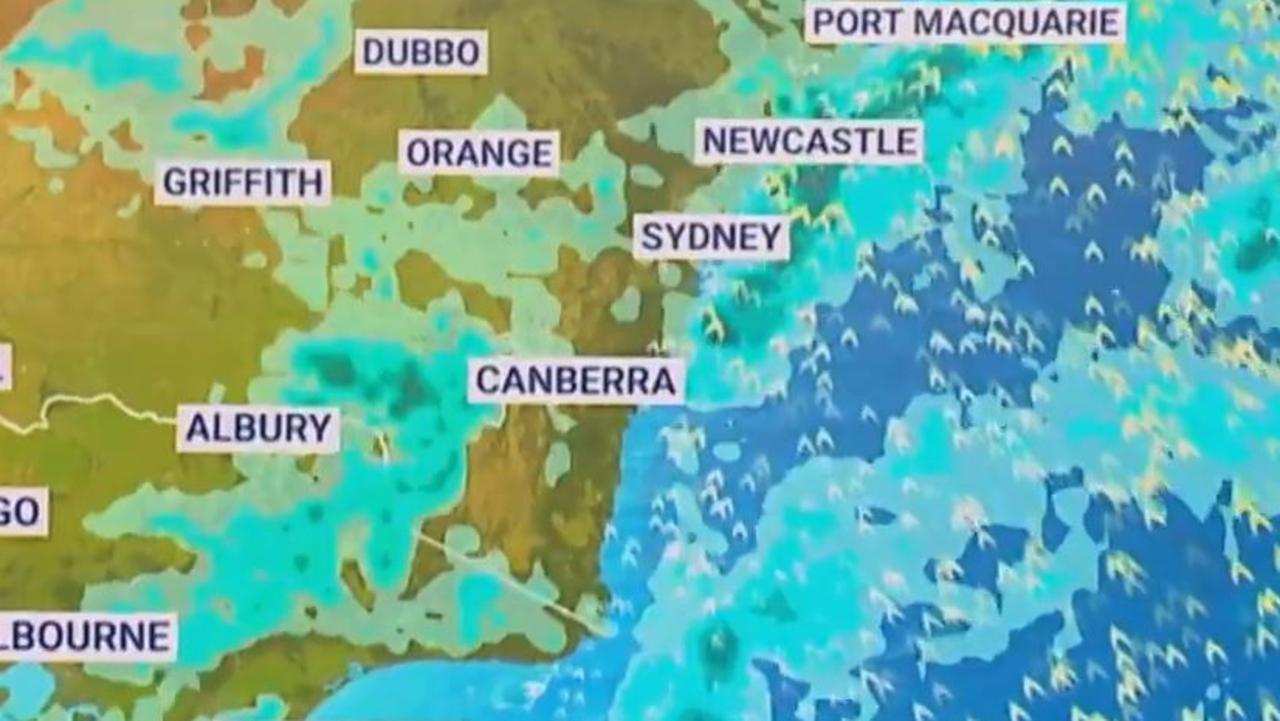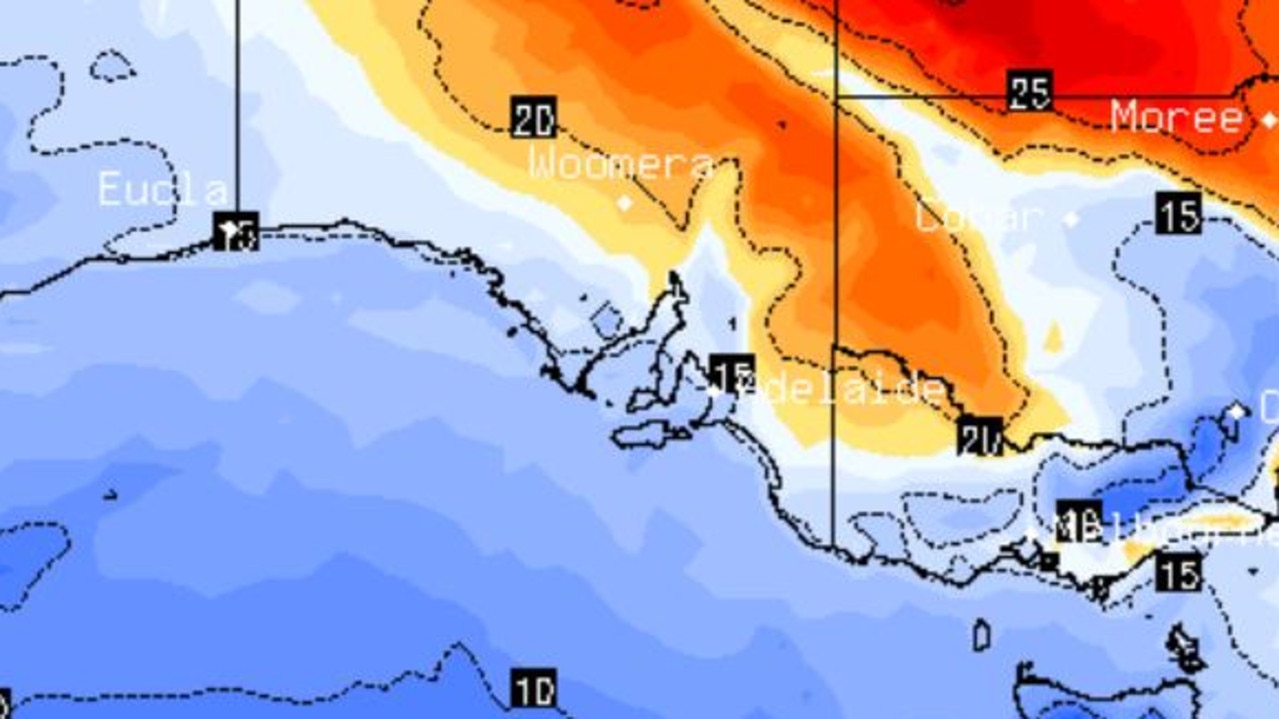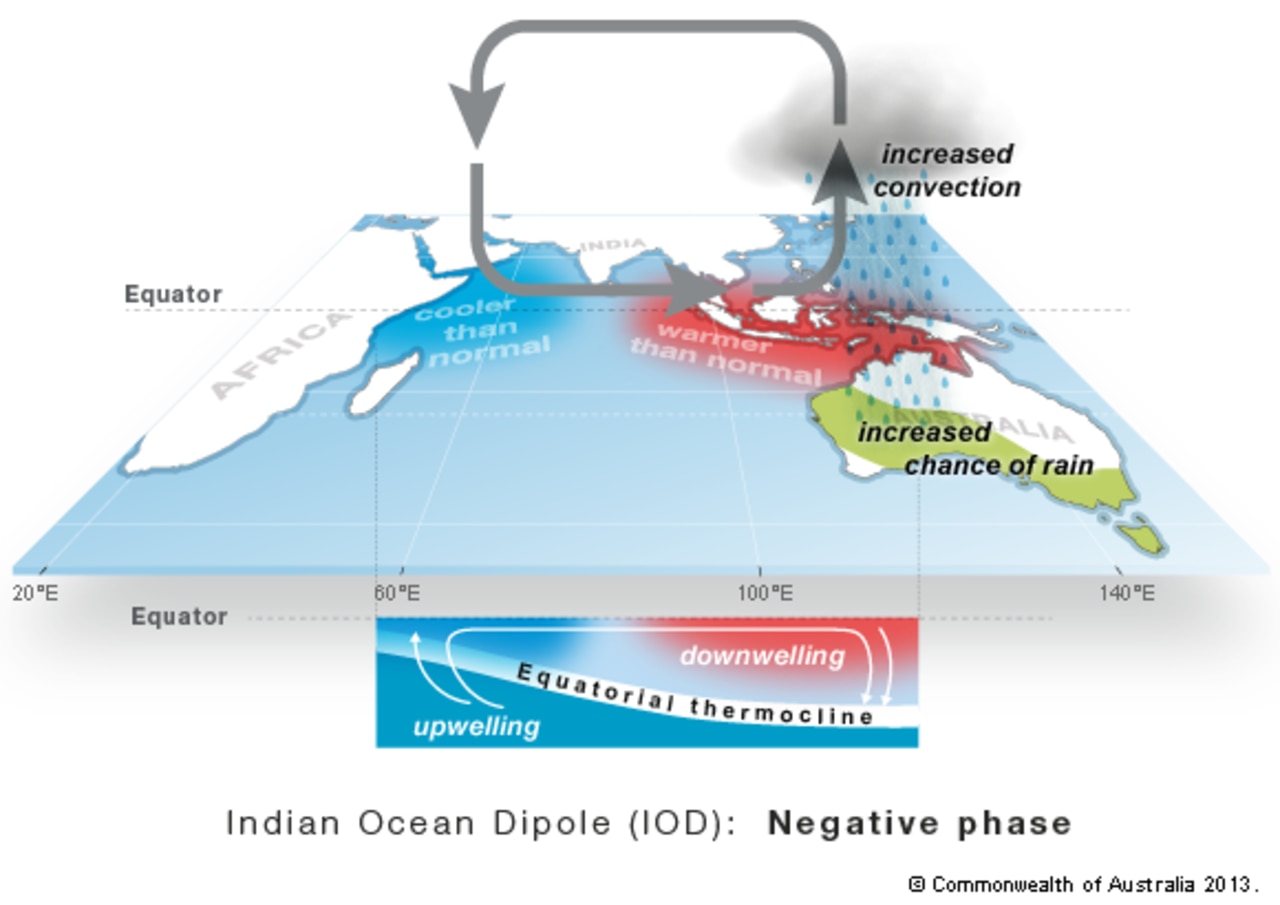Australians are bracing for a nationwide cold snap as some parts of the country battle temperatures below zero, rain, hail and flood warnings.
The Bureau of Meteorology told NCA NewsWire that Queensland’s August average so far this year had fallen between four and eight degrees since the same time period in 2021, plummeting to -2C temperatures in some parts of the state.
“It started off a lot warmer last year than it did this year,” meteorologist Livio Regano said.
The Darling Downs and Granite Belt regions were the coldest parts of the state, falling to -2C on Monday morning as a cold, dry air mass pushed north from South East Queensland.
A 1800km blanket of frost is also expected to hit Queensland, stretching between Stanthorpe and the far north.
The cold snap sweeping the nation has torn through NSW, ACT, Victoria, South Australia and Tasmania, bringing fog, rain and snow to some regions.
Widespread fog blanketed five states on Monday, triggering a weather warning for SA motorists.
The road weather alert was issued early on Monday, saying there would be reduced visibility and potentially dangerous driving conditions in Adelaide and the Adelaide Hills.
In Victoria, meteorologist Dean Narramore said temperatures in Westmere, in the state’s southwest, nosedived to -1.4C, while other regions were hit with zero degrees.
“The high pressure system has moved in from late last week, which is giving Victoria in particular those cold mornings,” he said.
NSW and the ACT are bracing for snow over their southern ranges, with a chance of thunderstorms on the slopes later this week.
There’s a flood warning in the southern NSW town of Gundagai following the highest recorded overflow from the Yass River into the Burrinjuck Dam.
Water releases from the dam increased to 98,000 megalitres a day over the weekend following heavy rain in parts of the region.
Down south, Tasmanian residents are feeling colder than forecast temperatures due to the cold northwesterly winds hitting the state.
Hobart sat at 1.5 degrees on Monday morning, although the temperature feels-like dropped to -4C.
Alongside Adelaide, the state has also issued road weather warnings and urged motorists to drive to the conditions following thick fog.
The east coast of Tasmania could also experience minor flooding over the weekend, with a Tasman low likely to form and bring heavy rain.
Residents living in Queensland, NSW, ACT, Victoria, SA and Tasmania are expected to experience milder mornings after Wednesday.
.


